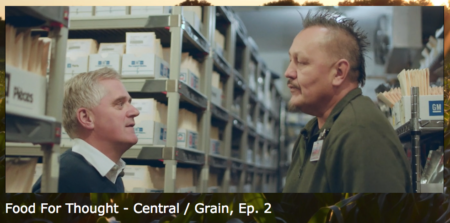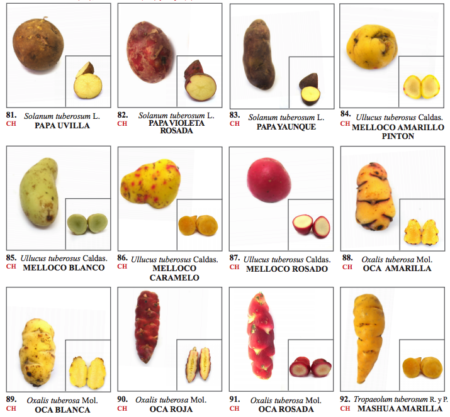https://twitter.com/Prizeo/status/959228601899061250
Congratulations, Jennifer. Have a great time.
Agrobiodiversity is crops, livestock, foodways, microbes, pollinators, wild relatives …
https://twitter.com/Prizeo/status/959228601899061250
Congratulations, Jennifer. Have a great time.
A Pavlovsk-like situation may be developing in Côte d’Ivoire. There have been rumours circulating for some months that the Marc Delorme Research Station of the Centre national de recherche agronomique (CNRA), home to one of the major coconut genebanks of the world, was threatened with redevelopment.
Well, things have just got real. A representative of CNRA’s unions held a press conference on 26 January alleging that the government does indeed have a project to move the collection from its present site, which has been sold. The researchers and other staff are resolutely against it. The relevant ministry denies all knowledge of the affair:
We’ll keep you posted. The collection is recognized under Article 15 of the Seed Treaty.
Art Napoleon is a Canadian “TV producer/songwriter/adventurer/wild game foodie…weekend shape-shifter & extreme berry picker,” which sounds like a pretty cool gig. You can watch him talk about Canadian agriculture, and the role the national genebanks plays in it, on the documentary Food for Thought. He visits the genebank about 16 minutes in, but watch the whole thing. In the screenshot below, one guy is Art, the other is the head of the genebank. I’ll leave you to guess which one is which.

The Field Museum’s 800-odd field guides cover a whole bunch of stuff, from the plants of the Araripe-Apodi National Park in Brazil to the bats of Mindanao. But I’m pretty sure there’s only one on landraces, and that covers Ecuador. It’s just out, and it includes photos of about a hundred traditional cereal, legume and root crop varieties.

Two related (sort of) opportunities for you today. First, if you’re a young agricultural economist with an interest in impact assessment, you may want to check out the Crop Trust-CGIAR “Genebank Impacts Fellowship Program.” And second, if you want to study how to tweak seed systems and thus increase those genebank impacts, have a look at the call for proposals from NWO-WOTRO Science for Global Development, CGIAR and the Food & Business Knowledge Platform.
LATER: As you were, here’s a third one: a training course leading to certification in Seed System Security Assessment.